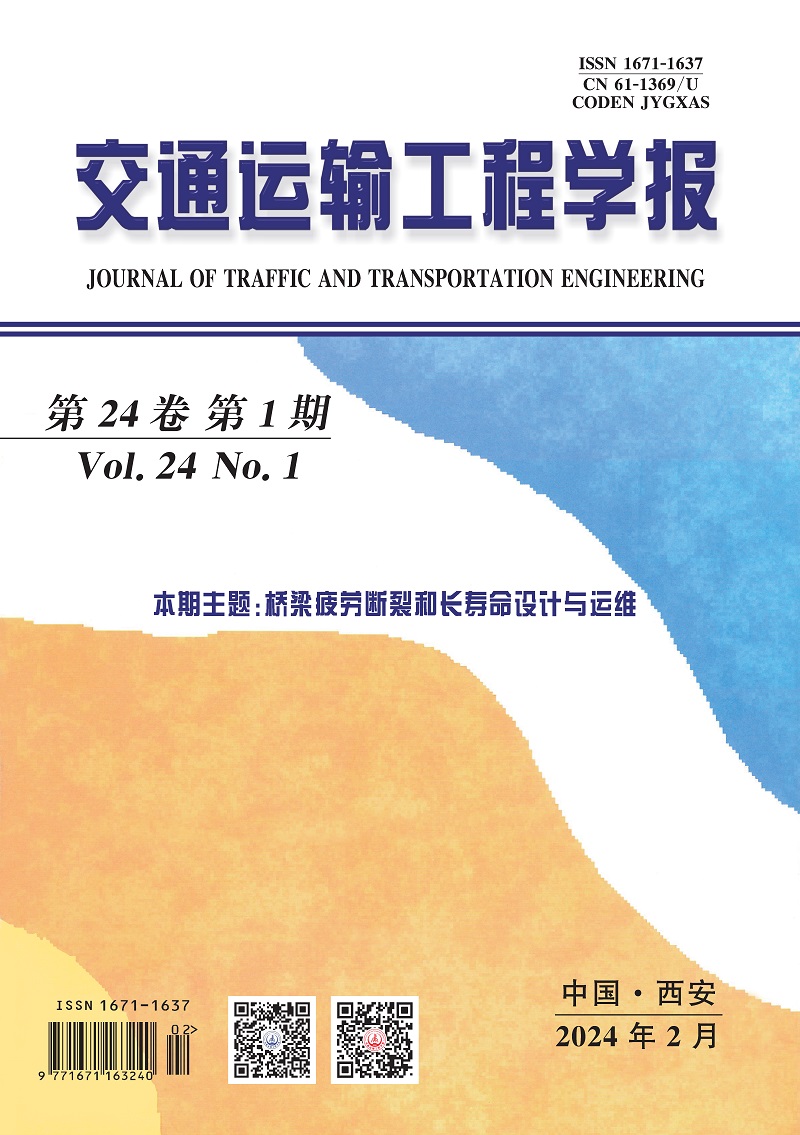2008 Vol. 8, No. 5
Display Method:
Abstract:
2008, 8(5): 1-8.
Abstract:
2008, 8(5): 9-14.
Abstract:
2008, 8(5): 15-18.
Abstract:
2008, 8(5): 19-22.
Abstract:
2008, 8(5): 23-26.
Abstract:
2008, 8(5): 27-32.
Abstract:
2008, 8(5): 33-37.
Abstract:
2008, 8(5): 38-43.
Abstract:
2008, 8(5): 44-48.
Abstract:
2008, 8(5): 49-53.
Abstract:
2008, 8(5): 54-60.
Abstract:
2008, 8(5): 61-66.
Abstract:
2008, 8(5): 67-71.
Abstract:
2008, 8(5): 72-75.
Abstract:
2008, 8(5): 76-80.
Abstract:
2008, 8(5): 81-85.
Abstract:
2008, 8(5): 86-90.
Abstract:
2008, 8(5): 91-94.
Abstract:
2008, 8(5): 95-99.
Abstract:
2008, 8(5): 100-103.
Abstract:
2008, 8(5): 104-108.
Abstract:
2008, 8(5): 109-113.
Abstract:
2008, 8(5): 114-120.
Abstract:
2008, 8(5): 121-126.




